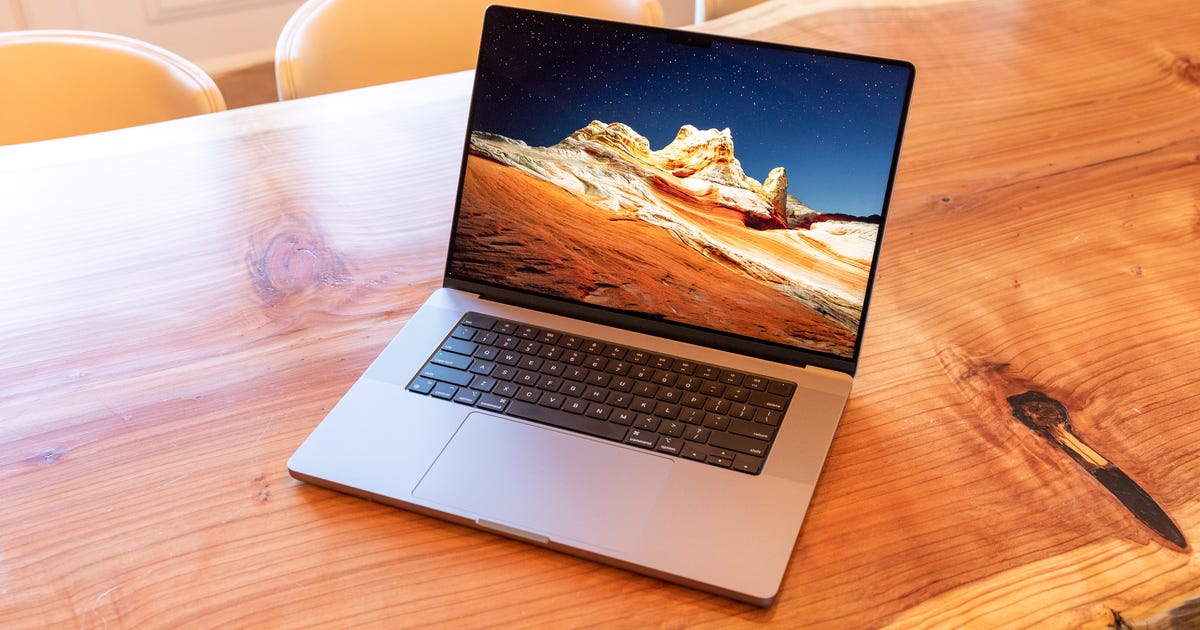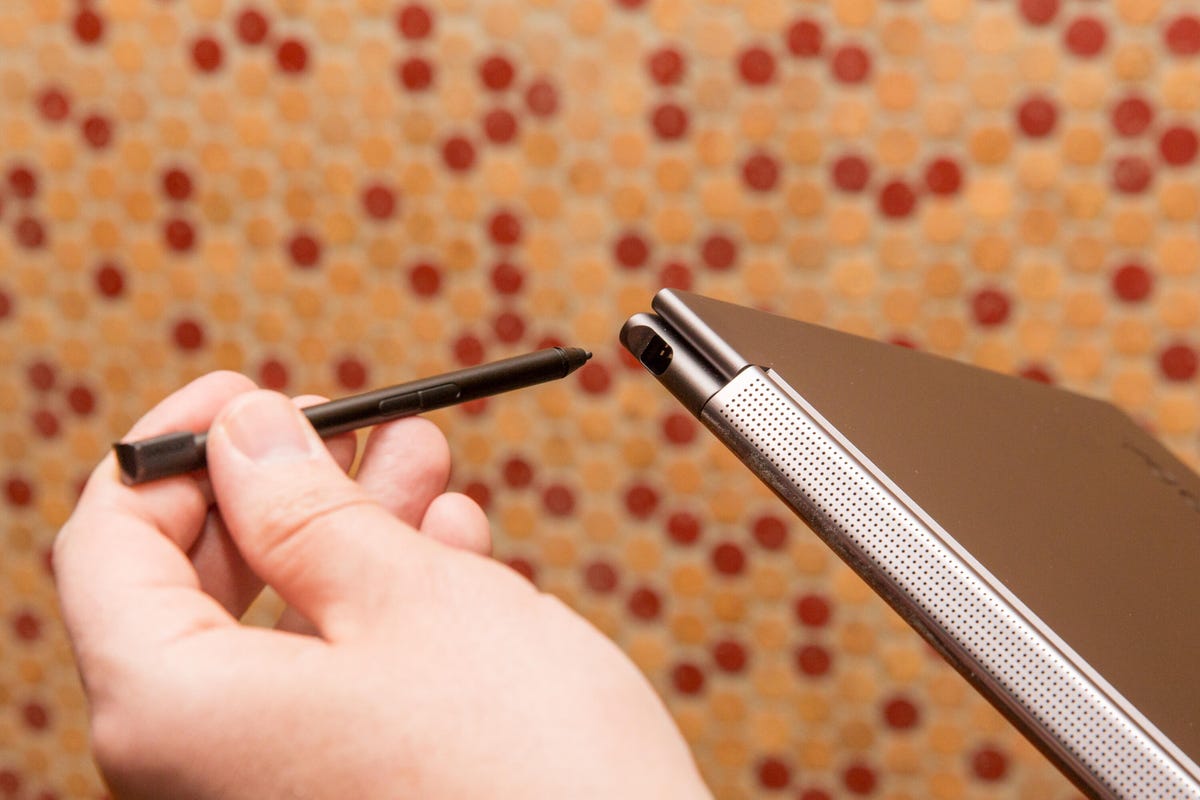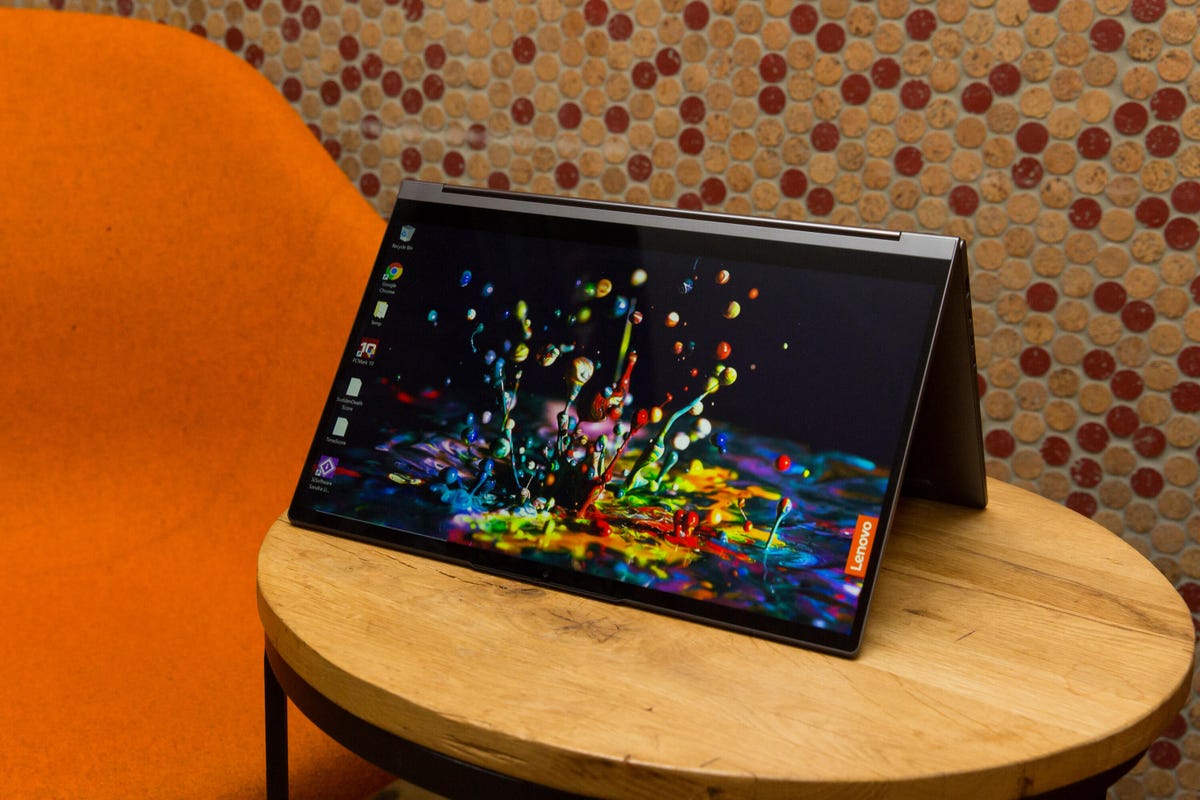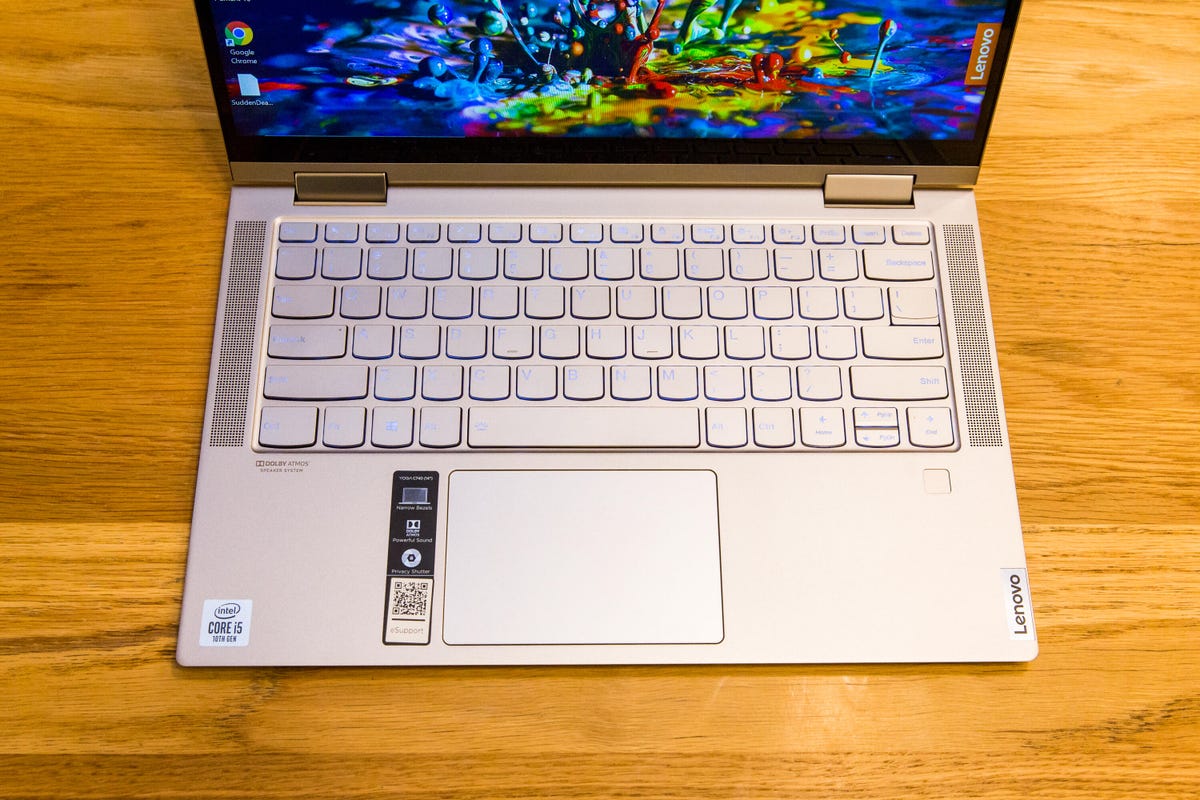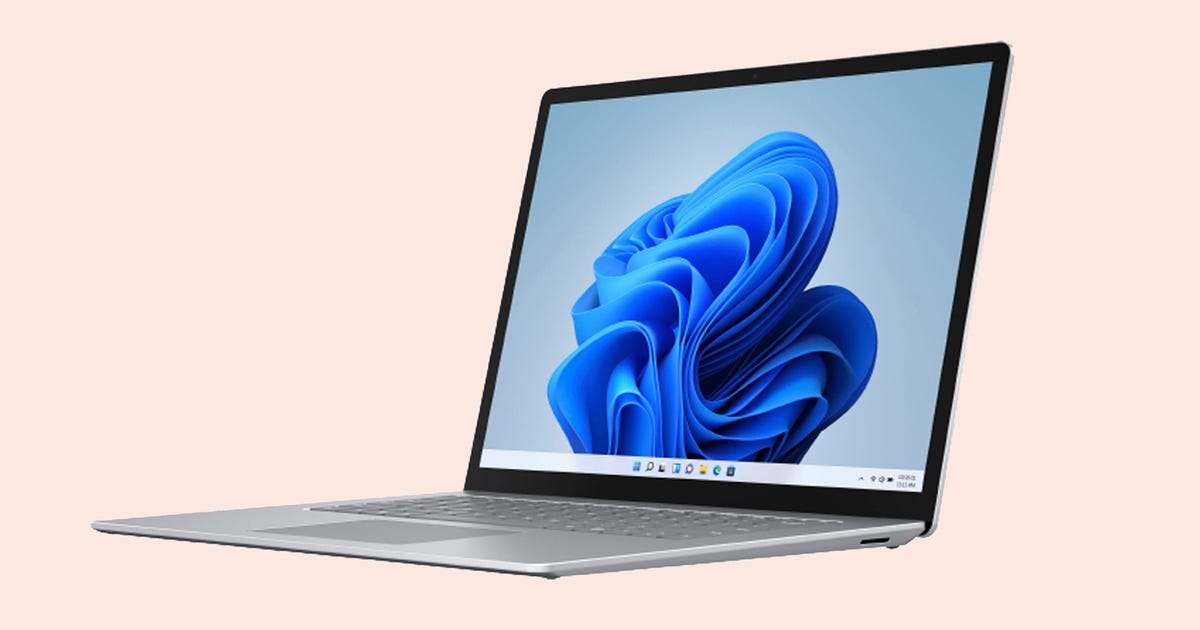2022 maserati mc20 review visceral fat 2022 maserati mc20 review visceral definition 2022 maserati mc20 review visceral pleura 2022 maserati mc20 review visceral manipulation 2022 maserati mc20 review visceral hypersensitivity 2022 maserati mc20 review visceral peritoneum 2022 maserati ghibli 2022 maserati mc20 price 2022 maserati quattroporte 2022 maserati mc20 for sale 2022 maserati granturismo price 2022 maserati suv
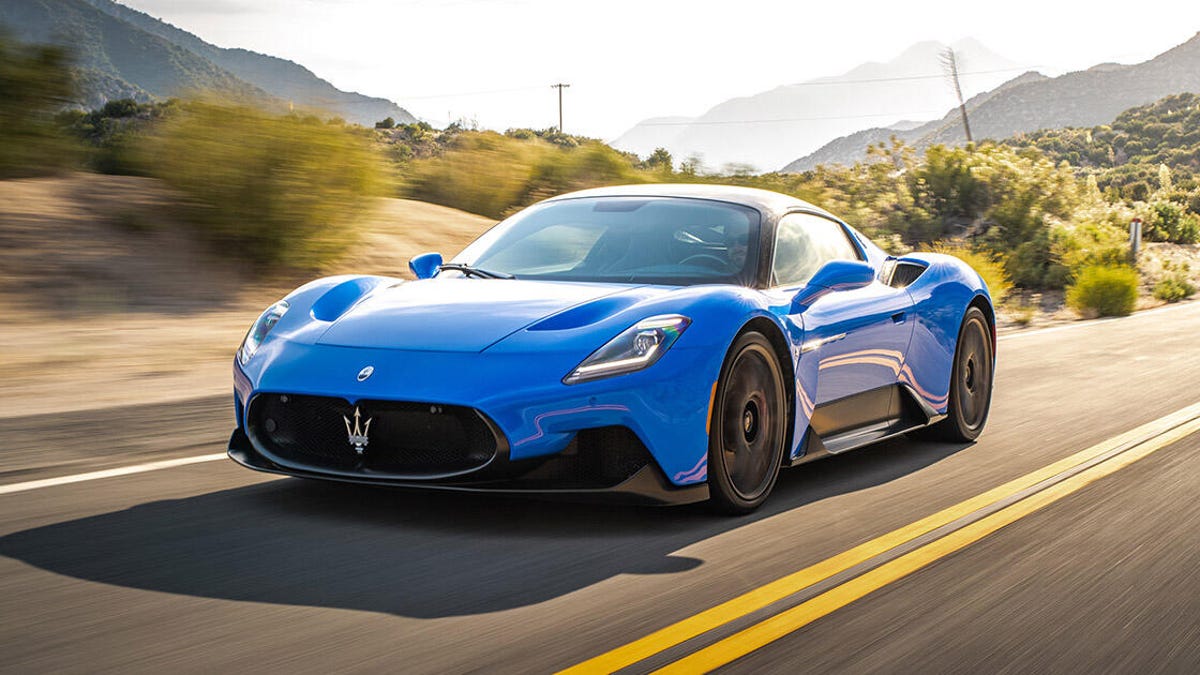
2022 Maserati MC20 Review: Visceral Excitement
While mainstream products like the new Grecale SUV will ultimately be Maserati's bread and butter, what's an Italian carmaker without an exotic flagship? The MC20 is an incredible return to form for a storied brand left to languish. And if this sort of visceral experience is what Maserati is capable of when it gives 110%, then we have a lot to look forward to in the future.
Literally everything about this supercar is new. The single-piece carbon-fiber chassis comes from race car maker Dallara, and combined with lightweight body panels and a polycarbonate engine cover, the MC20 hits the road with a curb weight of just 3,306 pounds. Mounted amidships, Maserati's new Nettuno 3.0-liter twin-turbo V6 cranks out 621 horsepower at 7,500 rpm and 538 pound-feet of torque at 3,000 rpm, and an eight-speed dual-clutch automatic transmission is perfectly in sync with this dynamite powerplant.
What's amazing is how little turbo lag there is, especially considering the 3,000-rpm torque peak. The transmission isn't janky when pulling away from a stop, either; the MC20 just rockets forward with authority, and it'll hit 60 mph before you can say "three Mississippi." If there's a single complaint to register about the engine it's that there's no masking the unpleasant sound of a V6, though the loud exhaust and metallic pop-suck-woosh-bang noises directly behind your ears certainly make up for a lot.
Maserati's new Nettuno V6 is a champ.
Oh, props to Maserati for fitting the MC20 with paddle shifters you'll actually want to use. Not only are they mounted to the steering column (the correct way), the tactile click they offer is super-satisfying. There's absolutely no lag between the movement of your fingers and the subsequent gear change, and whether driving at slow speeds or fast, the paddles really do add to the overall experience.
No surprise, the MC20 is an absolute firecracker when driven hard. It almost seems to shrink around you, like you forget that this car is as long and wide as it is when you're just getting into the groove of driving. The most impressive thing is how light this coupe feels at high speeds, almost like the chassis is hollow or like it's going to lift off the ground. Never fear, there's a ton of downforce keeping the MC20 glued to the road at all times, and the 245/35 front and 305/30 rear tires have oodles of grip. Those forged 20-inch wheels are a $5,500 option, by the way.
Speaking of options, if you want an electronic limited-slip differential, that'll be $2,300, and honestly, this should just be standard. You absolutely want this rear-axle torque distribution to make the most of the MC20's grip while cornering, especially since this helps rein in any oversteer. The steering itself is great -- light and quick with lots of sensations running through your hands -- and the optional carbon-ceramic brakes offer immense stopping power without noticeable front-end dive or skittishness.
All of the MC20's individual performance aspects are great, but it's the way everything works together that makes this Maserati so special. You feel like you're part of the car, part of the road, part of the environment. While some supercars can feel clinical to the point of sterility, the MC20 feels alive and emotional. It's way more than a numbers car designed to look good at Cars & Coffee.
On the other hand, the MC20 in its default GT mode and the ride is actually amicable to "normal car" driving. Keeping the standard sport seats is definitely recommended if you'll routinely be traveling long distances in the MC20, but I suppose the $7,000 one-piece carbon buckets will give you more cool guy cred while showing off. The dihedral doors will definitely elicit some youthful oohs and aahs, but be careful: The lower sill just behind the door sticks way out. What I'm saying is, don't immediately turn around after you get out or you'll slam your foot into that painfully pointy piece of trim. (You bruised me, MC20!)
Living with the MC20 is exactly what you'd expect. There's basically no storage space inside the cabin and the overall passenger accommodations are pretty tight. The rear window looks super-cool with the Trident logo cutout, but visibility out the back is utterly hopeless, so I'm glad Maserati fits a digital rearview mirror as standard. There's a $4,000 electronic front suspension lift that you will absolutely need to use all of the time, and the combined frunk and trunk space is kind of weak, but I don't imagine grocery runs are a regular use case for an MC20.
Such a pretty car.
Cabin tech includes a 10.3-inch digital instrument cluster that is easy to read and packed with information, and there's a 10.3-inch central touchscreen that runs the finicky Maserati Intelligent Assist software. The icons are small and tough to accurately hit, and responses to inputs are often laggy. Android Auto and Apple CarPlay are standard, thankfully. Just use those.
The MC20 costs $212,000 to start, but good luck keeping your out-the-door price anywhere close to that. This test car has three-layer Blu Infinito paint ($4,500), a carbon fiber engine cover ($5,000), a black roof ($4,000 -- seriously), upgraded leather and Alcantara ($1,000), heated seats ($500), a premium audio system ($4,000) and carbon ceramic brakes ($10,000) with red calipers ($1,200). Plus a few other odds and ends, the as-tested price is $256,050.
But who cares? Every other mid-engine supercar is going to cost just as much, and even more practical sports cars like a Porsche 911 Turbo S start above $200,000. Nobody is buying a Maserati MC20 because it's a smart value. This is a purchase made out of pure emotion, and that's what the MC20 is all about.
Source
